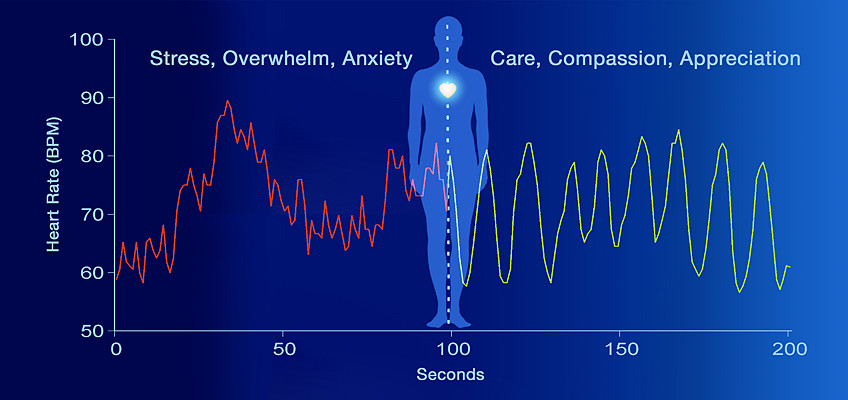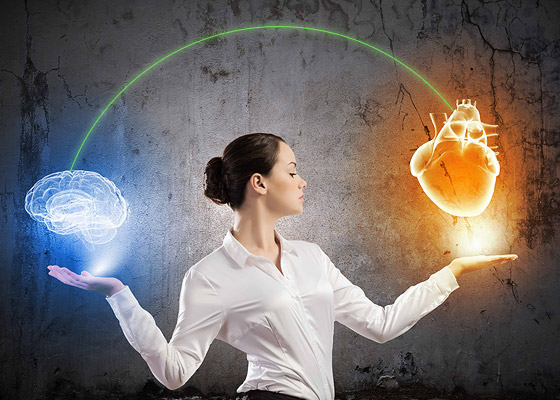
Today’s Stress Is Different
National Geographic Magazine’s June 2024 lead article* reports that the perceived level of psychological stress has risen dramatically across the globe due to a combination of factors: the COVID pandemic, climate change, environmental disasters, economic uncertainty, the escalation of political instability across nations, constant news about gun violence, terrorism, wars, and other threats. The article goes on to say, "the consequences of this broadscale increase in stress are only beginning to be appreciated, but the evidence suggests that we are facing a second pandemic of mood and anxiety disorders, including major depression, anxiety and post-traumatic stress disorder (PTSD)."
Secondary Trauma
Temporary stress ends once a perceived threat passes. But what’s happening today is different – the perceived threat isn’t passing. Secondary traumatization (here broadly includes vicarious trauma and compassion fatigue) occurs when a person is exposed to traumatic events through another person’s firsthand narrative. This used to only apply to first responders, mental health workers, or family members of trauma survivors. Now, with the increased exposure to traumatic events through social media, graphic news clips, and personal stories, many more people are being deeply impacted by trauma inputs simply by opening their smartphone. Like the frog who doesn’t jump out of slowly boiling water, we are adapting to this ongoing stress and trauma and perceiving it as normal without recognizing its negative impact.
These days, almost everyone is experiencing trauma input from the news or their social media feed, in addition to ongoing stress from work, family and relationships. This cumulative exposure can lead to chronic symptoms of anxiety, fatigue, and depression, along with changes in beliefs and attitudes about the world, such as increased cynicism or a loss of hope. Cumulative stress or trauma may also be fueling the rise in political extremism and conspiracy theories we’re seeing today.
Mental and Physical Health Consequences
Many people think of stress as a worn-out topic because it is so widespread, and the standard stress solutions don’t seem to be working. When people feel they have less control over their lives or their future, the stress can take a toll on their mental, emotional and physical health. Financial strain is a chronic stressor for many; loneliness is another. Some types of stress may seem so "normal" that we don’t recognize them as stress until they’re harming our health, such as a toxic work environment or conflicts at home.
In a recent survey conducted by the American Psychological Association (2023), one third of respondents reported they "feel completely stressed out no matter what they do to manage their stress." Over time, stress accumulation causes nervous system dysregulation, which leads to mental and physical health problems and disease. In addition to increasing the risk of high blood pressure and heart disease, stress has been shown to play a role in obesity and diabetes. Stress accumulation also disrupts our immune function, leaving us more vulnerable to infection, cancer and autoimmune disease.
What Can We Do?
It’s time for us all to wake up to the seriousness of what’s going on and find effective ways to start helping ourselves. This is why HeartMath has been researching stress and designing self-empowerment techniques for the past 30 years. The HeartMath system provides accessible tools for people to build their own inner management skills so they can take charge and feel more confident in their ability to address what’s going on.
How HeartMath Can Help
HeartMath’s science-based heart rhythm coherence techniques and technologies have been shown to help people regulate their nervous system and emotions to transform accumulated stress and trauma. The HeartMath system empowers people to bring their heart, brain and nervous system into coherent alignment and harmony. This practice helps in many ways and provides many benefits, including the following:
- Coherence practice helps people make more effective choices and experience greater ease, clarity, and purpose.
- Coherence practice helps people gain more benefits from relaxation and meditation exercises.
- Daily practice improves sleep, emotional well-being, focus and confidence.
- One of the main benefits of heart rhythm coherence practice is that it helps to re-open the heart and have more compassionate latitude for yourself and for what others may be going through.
- Heart coherence also helps you feel more connected to people you may have felt disconnected or separate from.
Many people are tired of feeling separate from the people they really love in their life (family, friends) over issues like politics or religion. Others want more sanity through today’s constant chaos, where they can feel like they’re living rather than just surviving. Some are feeling radical changes happening within their own emotions, so they repress them and become numb, cutting off their own self-awareness and diminishing what care they had left. Feelings of hopelessness can translate into a perception that, "this is the way the world is now." When belief in the collective drops, so does the motivation to contribute to the greater good. This is how we become a society of "each person for themselves."
Increasing our care and compassion for others helps us to reconnect with our heart and feelings of hope. With hope comes greater emotional stability and resilience to "weather the storms". The HeartMath system was created to help people during times of accelerated stress – to connect to the power within themselves to make things better. That power lies within their own heart. HeartMath techniques and coherence technology are designed to help lift people above their stress or overwhelm, which often provides them with a totally new perspective.
No matter what system anyone uses for stress management, adding heart to their practice raises its effectiveness. More and more people realize that now is not only a time for more heart, but they recognize the urgent need – a need for hope, a need for reconnection, and a need for love to go viral. It’s time that we create an infusion of kindness and compassionate care in our interactions, which will help to reduce stress and bring about greater emotional strength within ourselves, our families, our communities, and our society. In this way, we will more effectively navigate the stressors of the day or the week – and be in a better place to respond to any of the larger challenges that may come our way.
By Jorina Elbers, M.D. and Deborah Rozman, Ph.D.

